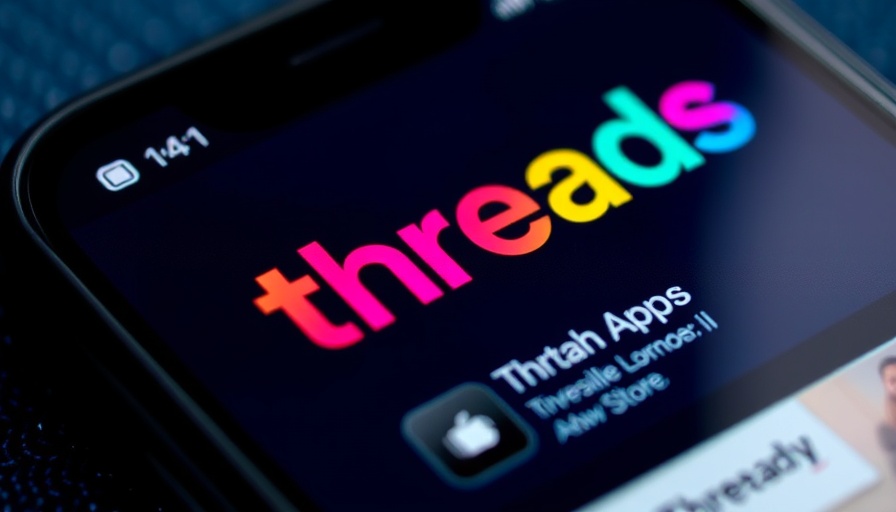
Understanding the 23andMe Bankruptcy: A Shocking Turn of Events
In March 2025, the renowned DNA testing service, 23andMe, shocked its 15 million customers by filing for Chapter 11 bankruptcy protection. This tumultuous event has sent ripples through the genetic testing industry and raised significant concerns among users regarding their personal biological data.
23andMe’s bankruptcy proceedings became the center of a bidding war, ultimately concluding with co-founder Anne Wojcicki regaining control through her nonprofit TTAM Research Institute for $305 million. As part of the fallout, security experts and lawmakers have urged customers to safeguard their genetic data amidst increasing legal scrutiny surrounding the company's handling of private information.
Why Protecting Your Genetic Data Is Essential
With the economic climate shifting, more than 1.9 million customers have already requested their genetic data be deleted from 23andMe’s servers. These requests highlight a growing awareness about data privacy, particularly among consumers who may have previously thought less critically about the information they share with companies.
The potential risks associated with having genetic data stored in corporate servers have become apparent. Privacy advocates emphasize that customers should be aware that although they can delete their profiles, 23andMe’s policy states that not all information may be obliterated. Customers must understand that some genetic information may be retained for compliance with legal obligations.
Steps to Delete Your 23andMe Data
If you are concerned and wish to delete your 23andMe data, the process is straightforward:
- Log in to your 23andMe account.
- Navigate to the Settings section of your profile.
- Scroll to the section labeled 23andMe Data.
- Click the View option and then proceed to the Delete Data section.
- Select the Permanently Delete Data button.
Once you initiate this process, you will receive a confirmation email. However, consider downloading a copy of your data before deletion, as there may be valuable insights lost during this process.
Revisiting Research Permissions
Users who previously allowed 23andMe to use their DNA samples for research can revoke this consent. To change these permissions, return to the Preferences in your settings page and adjust your guidelines accordingly. This is crucial for individuals who no longer wish to participate in research or allow their data to be shared with third-party organizations.
The Legal Landscape and Customer Rights
The bankruptcy filing has sparked legal challenges, with over two dozen states pursuing lawsuits against 23andMe for allegedly mishandling private data sales. Advocates argue that customers must be explicitly informed and must give consent before their data can be transferred or sold to any new entity.
This ongoing situation illustrates a larger trend within the tech industry that urges companies to adopt more stringent privacy policies. Customers deserve transparency and control over their personal information, especially when it involves sensitive genetic data.
Lessons Learned: Consumer Vigilance Is Key
The turbulence faced by 23andMe serves as a cautionary tale for consumers engaging with tech companies that handle sensitive information. Even established firms can falter, making it essential for users to routinely review and understand their data privacy settings.
As technology continues to advance, ongoing vigilance around where and how our data is stored is imperative. It is essential for consumers to ask tough questions and seek clarity from companies about their data retention practices.
Taking Control of Your Data: A Final Reminder
In summary, while deleting your 23andMe data can minimize your exposure, customers should remain informed about the limitations of this process. Remember that a portion of your data may still remain stored due to legal mandates. Engaging with tech companies concerning your legal rights will ensure your data remains as private as possible.
As we navigate this new landscape of genetic data privacy, consider reaching out to tech news platforms and resources that specialize in these developments to stay updated on the latest in technology and legal stories impacting consumers. Protecting your privacy is more important now than ever.
 Add Row
Add Row  Add
Add 



 Add Row
Add Row  Add
Add 

Write A Comment